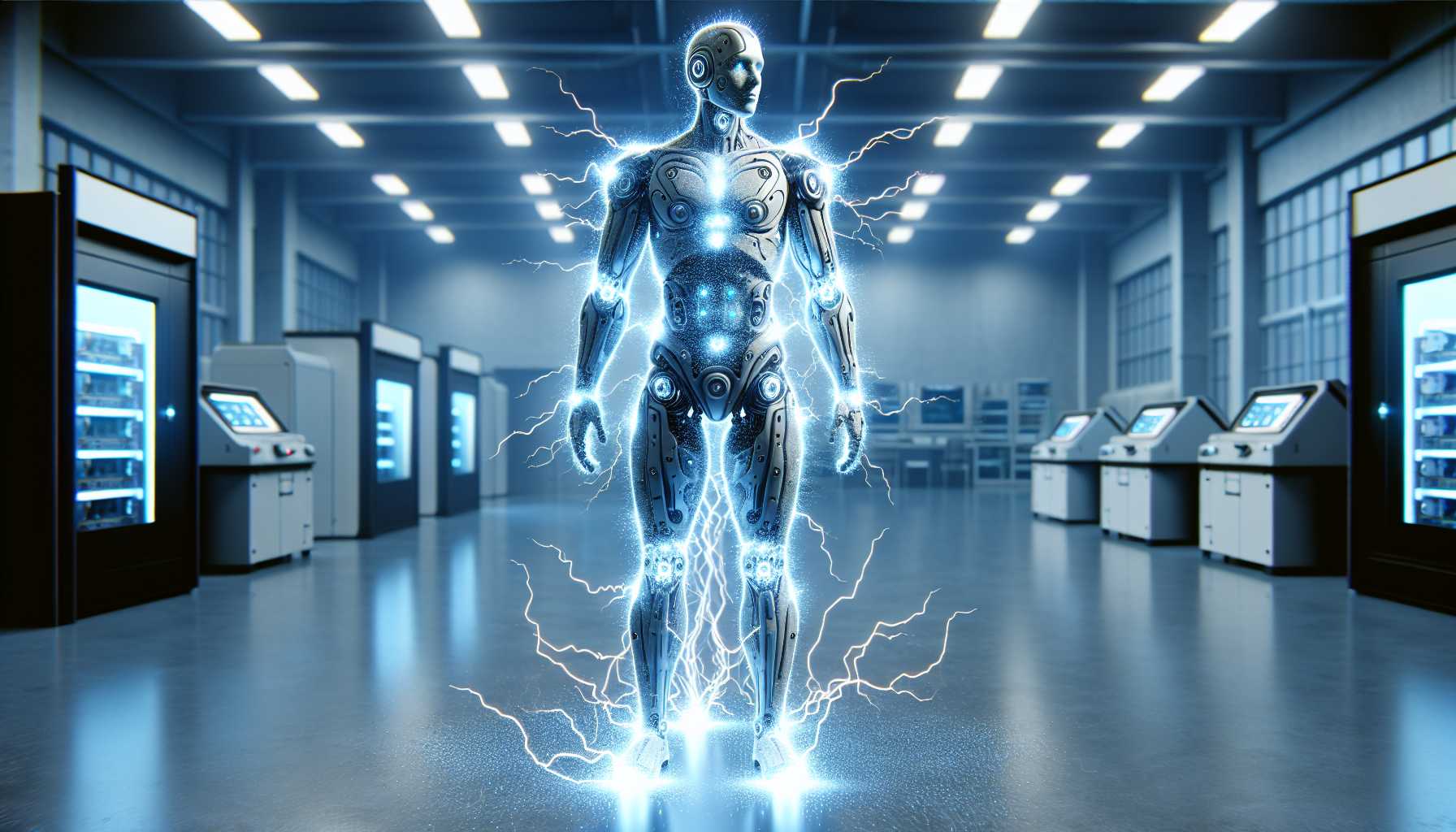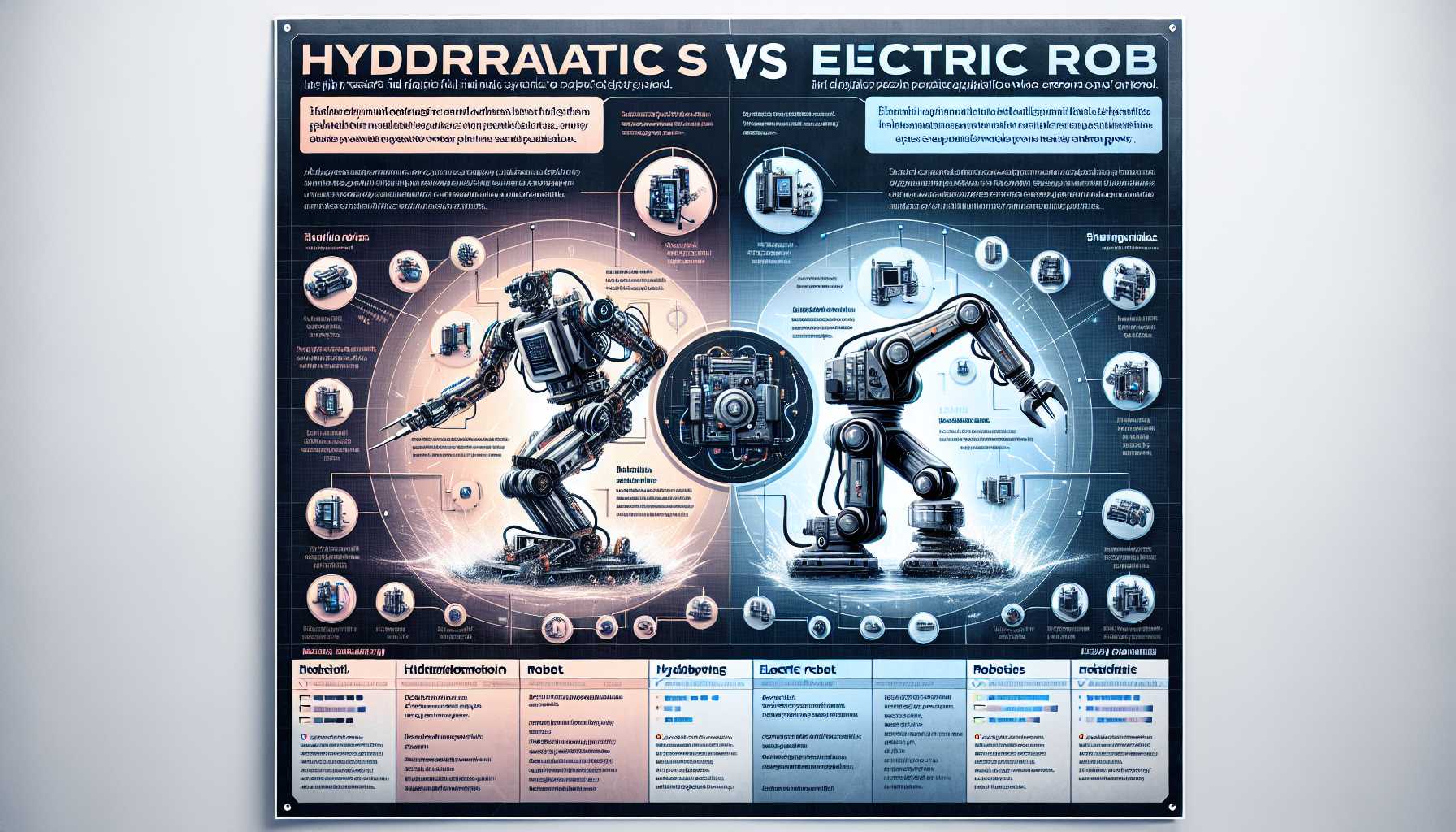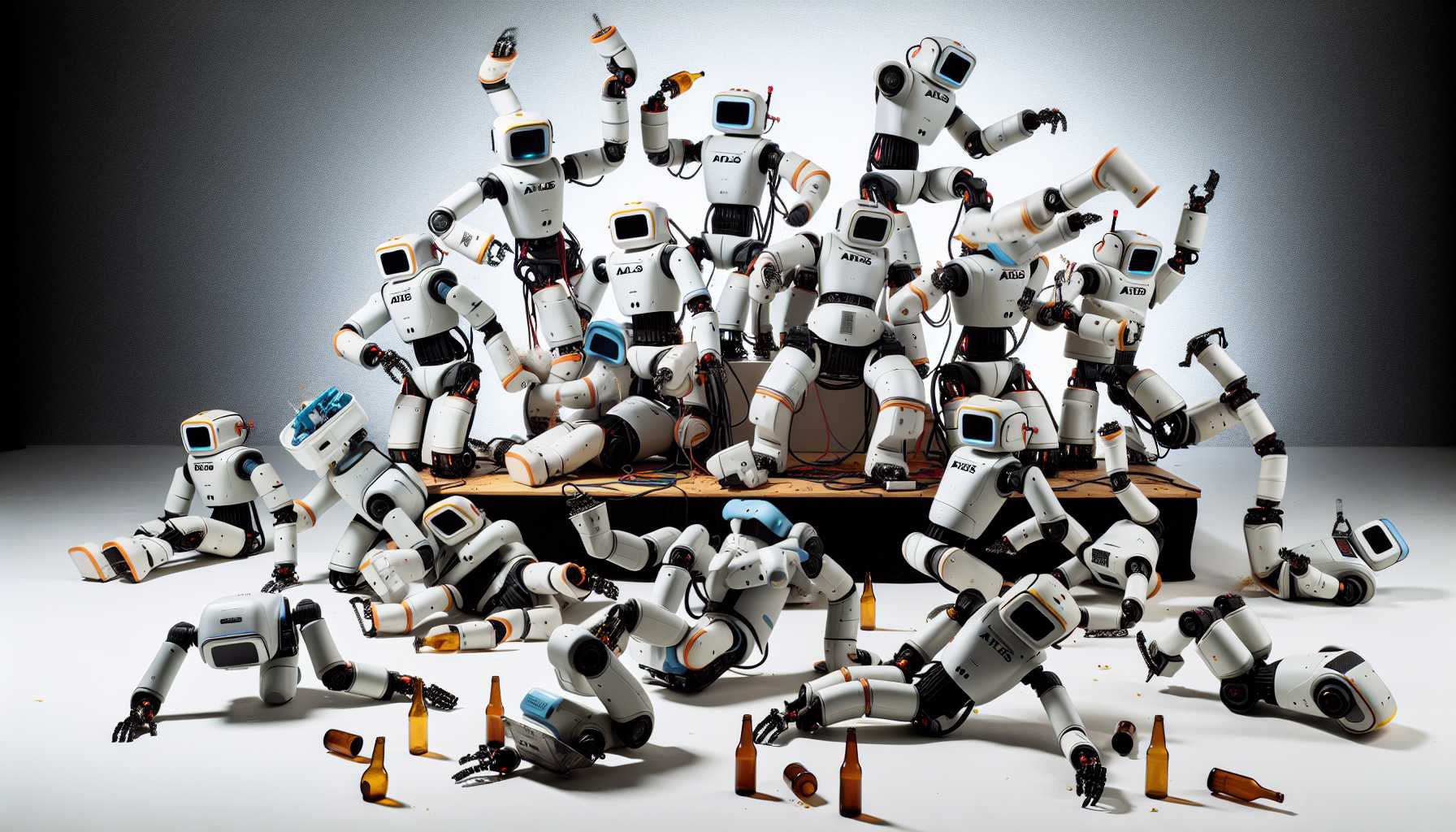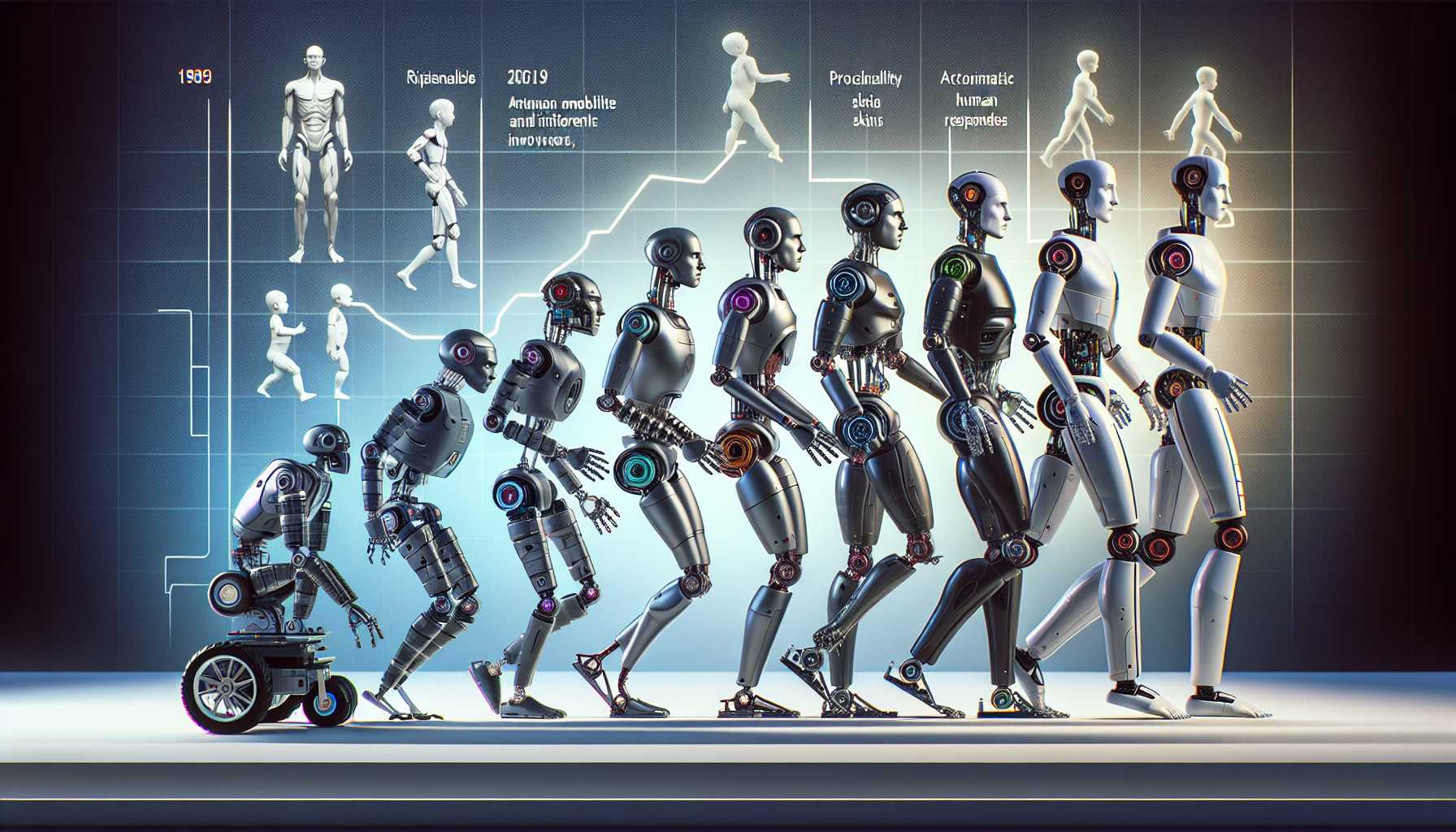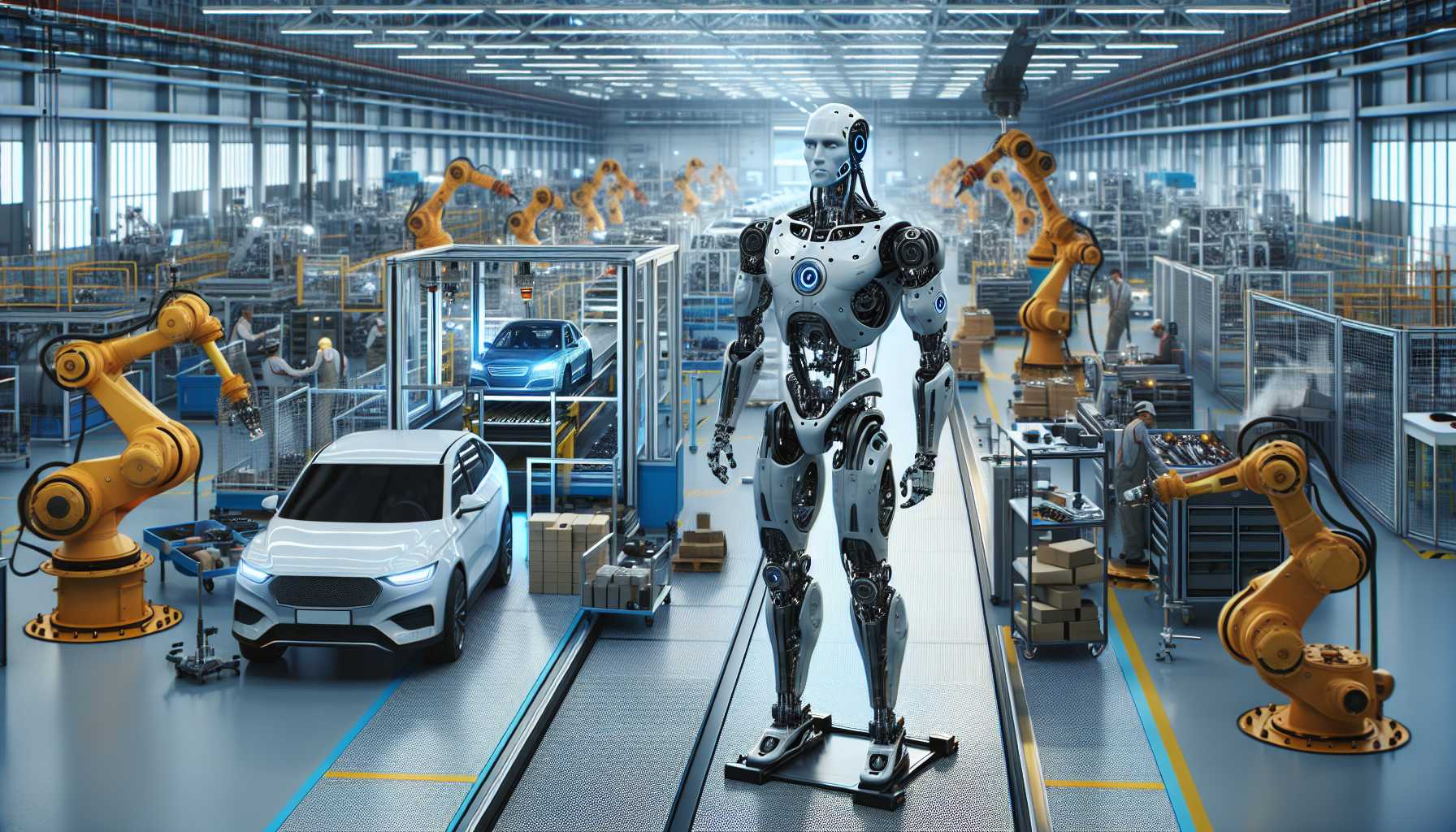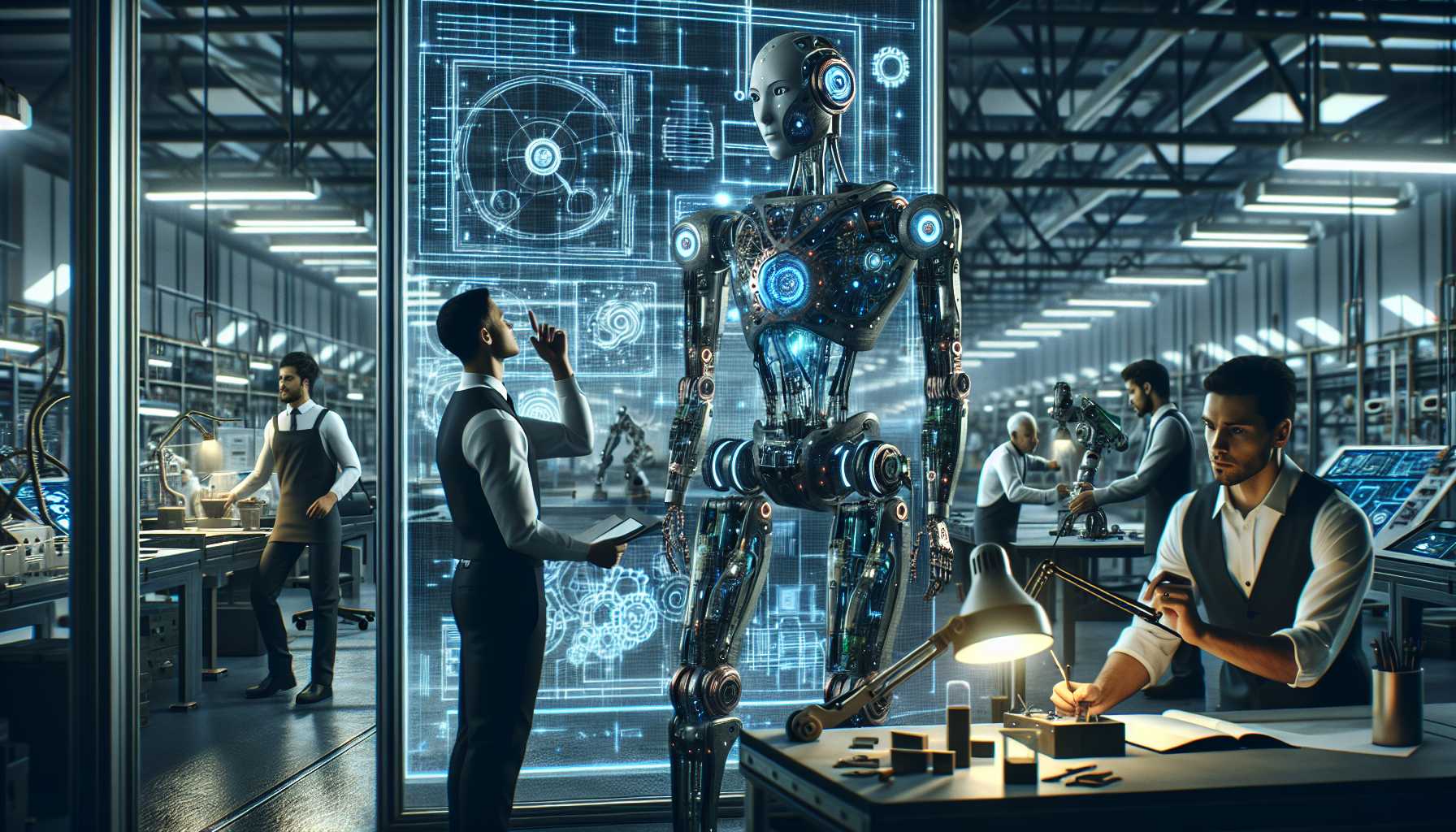Boston Dynamics’ Electric Atlas: A New Era of Humanoid Robots
When you think of robots that dance, jump, and even backflip, one metallic star comes to mind: Boston Dynamics’ Atlas. This bipedal bot has been jaw-dropping audiences with its human-like capabilities for nearly a decade. Marking a significant shift in their robotic engineering philosophy, Boston Dynamics recently announced the retirement of their hydraulic-powered Atlas, only to unveil its successor—an electric model with the promise of agility beyond human limits.
As both a tech aficionado and an investor, this sparks a big question: Are we approaching the era where robots transcend being novelties and turn into a ubiquitous workforce? Let’s dive into what this evolution means for the future of robotics.
The Evolution of Hydraulic to Electric
The transition from hydraulic to electric is far from a superficial tune-up. The now “ancient” hydraulics system, while powerful, carries with it the baggage of noise, weight, and complexity. The new electric Atlas is touted to be leaner, nimbler, and perhaps even set a new standard for humanoid robots in various industries.
Imagine a robot that not only integrates into existing workflows but enhances them with superhuman efficiency. Hyundai, now at the helm of Boston Dynamics, is upscaling its investment by planning to employ these next-gen robots right in their factories, which can potentially transform automotive manufacturing.
A Fond Farewell to the First Generation
With the news of Atlas’ retirement, Boston Dynamics takes a nostalgic stroll down memory lane. The company released a video celebrating its achievements and, importantly, its failures—because in tech, every stumble is a step toward innovation. The endearing quality of these ‘blooper reels’ demonstrates an important truth: technology’s growth is not linear.
And as technology followers, we’re reminded of the progress and potential of robotics to recover, learn, and spring back stronger.
Humanoids Rising: The Competitive Landscape
Boston Dynamics is not alone in the quest to perfect the humanoid robot. With players like Agility Robotics developing the cartoony-looking robot Digit and Tesla entering the fray with Optimus, the race to commercialize humanoid robots accelerates.
As robots gain capabilities once confined to sci-fi movies, the competitive landscape pushes the boundaries of how these bots can learn, adapt, and exceed their programming. My view, as a tech connoisseur, is that more competition ignites more creativity. With every advancement from these companies, we’re inching closer to a future where robots might not just do our chores, but also become collaborative partners across various industries.
Hyundai’s Electric Strategy: Integrating Atlas
Hyundai’s acquisition of Boston Dynamics seems a strategic move to synergize robotics with automotive manufacturing. The new, electrical Atlas is expected to commence testing at Hyundai facilities, which could revolutionize factory production lines. By reducing the reliance on human intervention, this increased automation could yield astronomical productivity gains.
While Atlas’ role in Hyundai’s grand plan is yet to be revealed, the video teases include handling car struts and components, hinting at a possible future where robots contribute significantly to automobile assembly and more.
The Future is Electric (and Robotic)
The transition to electric Atlas is a bold statement by Boston Dynamics. It symbolizes the shift toward more efficient, dynamic, and environmentally friendly robotic solutions. Robots, like the new Atlas, point toward a future where the line between human capability and machine efficiency blurs, pivoting toward a world where robots are not mere tools but intelligent entities enhancing every sector they touch.
With increased maneuverability and more natural interactions, the electric Atlas could be the harbinger of a new era of robotics, where utility meets dynamism. As an investor in tech, it’s thrilling to imagine the possibilities and market potentials this leap could unlock. It’s not just about a robot that can do more; it’s about a future that can be more.
In the tech world, ‘endings’ often signify the beginning of something even more exciting. As Boston Dynamics lets their beloved Atlas rest, the electric successor is plugging in, ready to energize the robotics industry in ways we have only begun to imagine.

